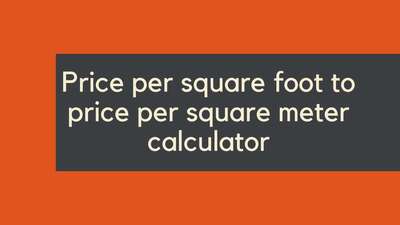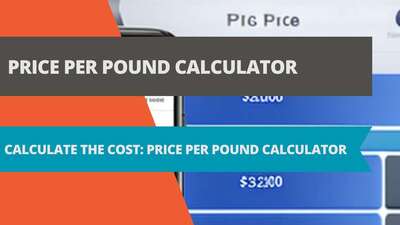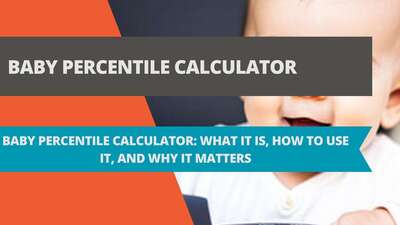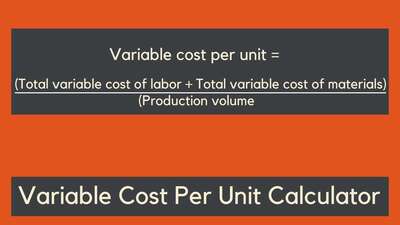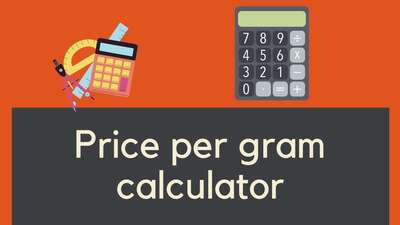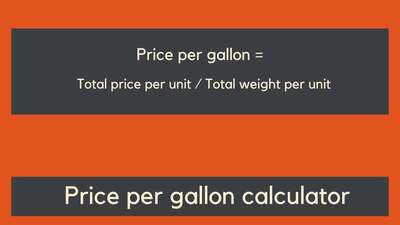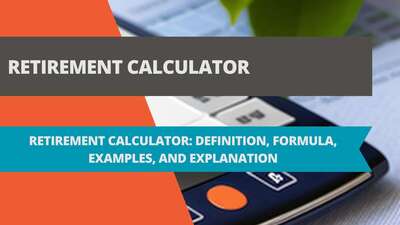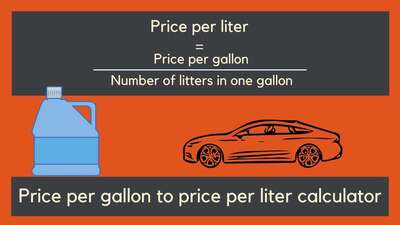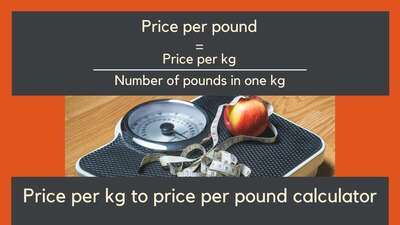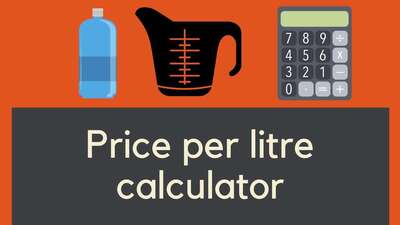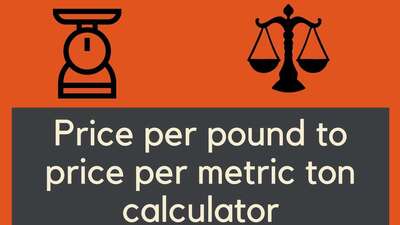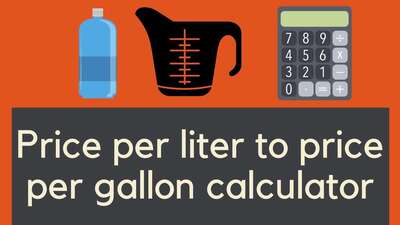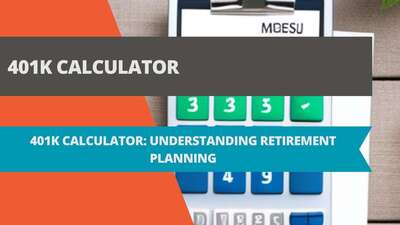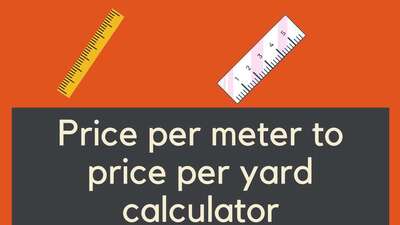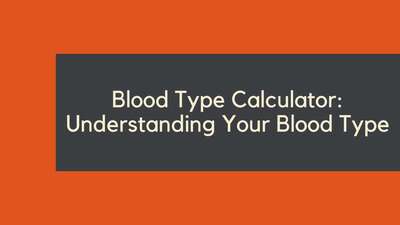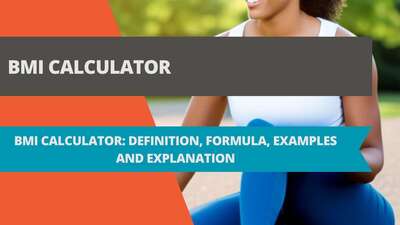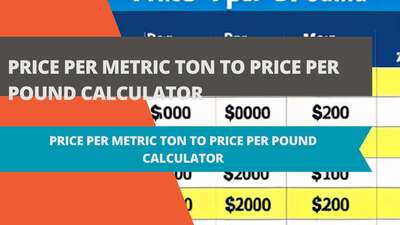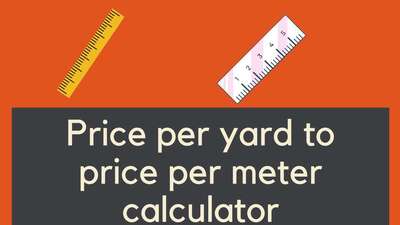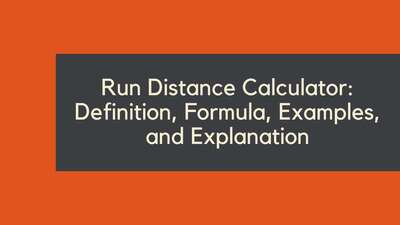Tax Refund Calculator: How to Calculate Your Tax Refund Accurately
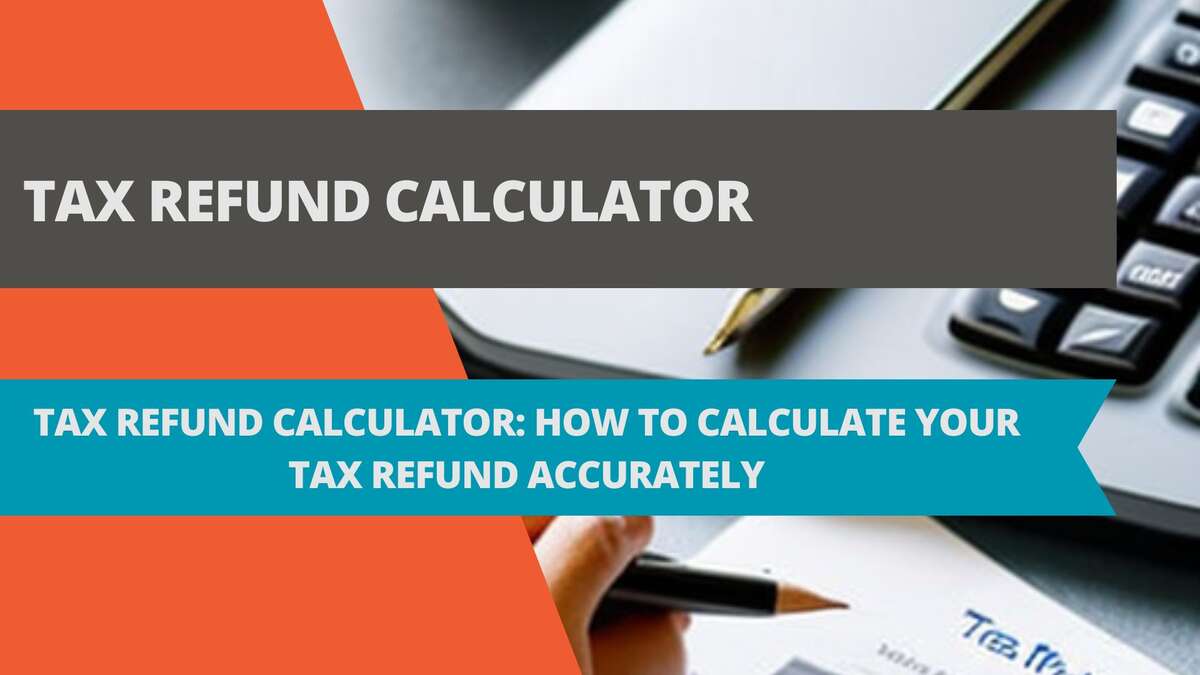
- Definition of Tax Refund Calculator
- The Formula for Calculating Your Tax Refund
- Examples of Tax Refund Calculations
- Example 1
- Example 2
- Explanation: How to Use a Tax Refund Calculator
- Question and Answer FAQ
- Q: Are tax refund calculators accurate?
- Q: Can I use a tax refund calculator if I'm self-employed?
- Q: How do I know if I'm eligible for tax credits?
- Q: How long does it take to receive my tax refund?
- Conclusion
Are you expecting a tax refund this year? Knowing how much money you can expect to get back from the government can help you plan your finances accordingly. Thankfully, with the help of a tax refund calculator, it's easy to get a rough estimate of your refund amount. In this article, we'll define what a tax refund calculator is, explain how to use it, provide some examples, and answer some frequently asked questions about tax refunds.
Definition of Tax Refund Calculator
A tax refund calculator is an online tool that helps you estimate the amount of money you will receive from the government as a tax refund. It takes into account your income, deductions, and tax credits to give you a rough idea of what you can expect to receive.
Many tax refund calculators are free and easy to use. They typically require you to input some basic information about your income and expenses, such as your gross income, deductions, and credits. Once you enter this information, the calculator will provide you with an estimated refund amount.
The Formula for Calculating Your Tax Refund
The formula for calculating your tax refund is relatively straightforward. To calculate your refund, you need to subtract the amount of tax you owe from the amount of tax you've paid throughout the year.
Here's the formula:
Tax refund = Taxes paid – Taxes owedIf you've paid more in taxes than you owe, you will receive a refund. If you've paid less in taxes than you owe, you will need to pay the difference to the government.
Examples of Tax Refund Calculations
Let's take a look at a couple of examples to see how the tax refund formula works in practice.
Example 1
Sarah is a single person who earns $50,000 per year. She has no dependents and takes the standard deduction. She has paid $5,000 in taxes throughout the year.
To calculate Sarah's tax refund, we need to determine how much tax she owes. According to the IRS tax brackets for 2022, someone who earns $50,000 per year would owe $8,426 in taxes.
Using the tax refund formula, we can calculate Sarah's refund amount:
Tax refund = Taxes paid – Taxes owedTax refund = $5,000 – $8,426
Tax refund = -$3,426
Based on this calculation, Sarah does not receive a tax refund. In fact, she owes the government $3,426 in taxes.
Example 2
John is a married person with two children. He earns $80,000 per year and itemizes his deductions. He has paid $10,000 in taxes throughout the year.
To calculate John's tax refund, we need to determine how much tax he owes. According to the IRS tax brackets for 2022, someone who earns $80,000 per year would owe $16,762 in taxes.
Using the tax refund formula, we can calculate John's refund amount:
Tax refund = Taxes paid – Taxes owedTax refund = $10,000 – $16,762
Tax refund = -$6,762
Based on this calculation, John does not receive a tax refund. In fact, he owes the government $6,762 in taxes.
Explanation: How to Use a Tax Refund Calculator
Using a tax refund calculator is relatively easy. Here are the steps you'll need to follow:
- Find a reputable tax refund calculator online. There are many options available, but you want to make sure you're using one that is reliable and accurate.
- Gather your tax documents. You'll need to have information about your income, deductions, and tax credits to use the calculator.
- Enter your income information. This will typically include your gross income, as well as any taxable interest or dividends you've earned.
- Enter your deduction information. You'll need to provide information about any deductions you plan to claim, such as mortgage interest, charitable donations, or student loan interest.
- Enter your tax credit information. If you're eligible for any tax credits, such as the earned income credit or the child tax credit, you'll need to provide information about those as well.
- Review your results. The calculator will provide you with an estimated tax refund amount based on the information you've provided. Review this information carefully to ensure it looks accurate.
Question and Answer FAQ
Q: Are tax refund calculators accurate?
A: Tax refund calculators can be accurate, but they are only as accurate as the information you provide. If you enter incorrect information or forget to include certain deductions or credits, your estimated refund amount may be inaccurate.
Q: Can I use a tax refund calculator if I'm self-employed?
A: Yes, you can use a tax refund calculator if you're self-employed. However, you'll need to make sure you include all of your business income and expenses, as well as any self-employment taxes you've paid.
Q: How do I know if I'm eligible for tax credits?
A: There are many different tax credits available, each with their own eligibility requirements. Some of the most common tax credits include the earned income credit, the child tax credit, and the American opportunity credit. To determine if you're eligible for a particular credit, you'll need to review the IRS guidelines.
Q: How long does it take to receive my tax refund?
A: The amount of time it takes to receive your tax refund can vary depending on a variety of factors, such as how you filed your taxes and whether or not you opted for direct deposit. In general, you can expect to receive your refund within 21 days if you filed your taxes electronically and opted for direct deposit.
Conclusion
Calculating your tax refund can be a useful way to plan your finances and prepare for the year ahead. By using a tax refund calculator, you can get a rough idea of how much money you can expect to receive from the government. Just remember to provide accurate information when using the calculator to ensure the estimated refund amount is as accurate as possible.
Overall, a tax refund calculator can be a valuable tool for anyone who wants to better understand their tax situation and plan their finances accordingly.





![Car Loan Calculator: Definition, Formula, Examples, and FAQs [2023 Guide]](/images/page/400/car-loan-calculator-13.jpg)
